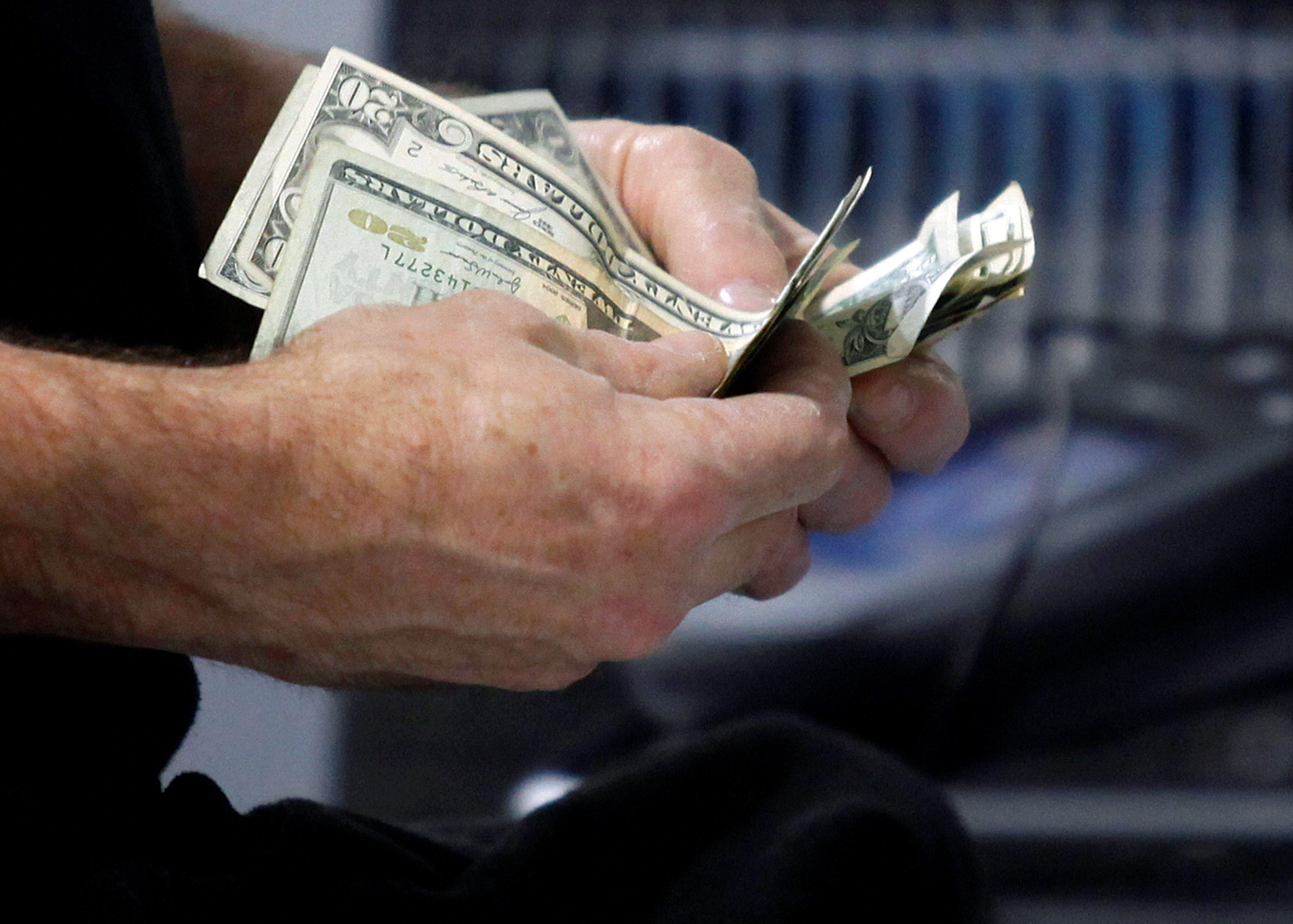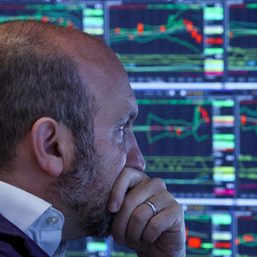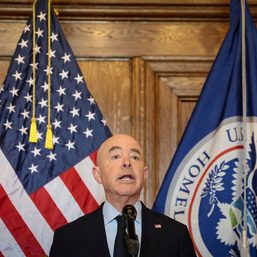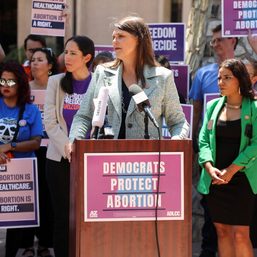SUMMARY
This is AI generated summarization, which may have errors. For context, always refer to the full article.

Americans stuck at home and with more discretionary funds at their disposal but fewer spending options because of the COVID-19 pandemic are piling into the stock market and sprucing up their homes, a survey showed on Tuesday, February 9.
The Conference Board’s quarterly United States Consumer Dynamics Report showed 20% of consumers surveyed in the 4th quarter of 2020 invested in shares of stocks or mutual funds, up from 15% in the 2nd quarter. No data was available for the 3rd quarter.
“Trends like low interest rates and declining debt concerns, alongside below-normal spending on vacations and out-of-home entertainment due to pandemic restrictions, have left a portion of Americans with more disposable income and fewer ways to spend it,” said Denise Dahlhoff, a senior researcher at The Conference Board. “Stocks, which continue to yield strong returns, have become an increasingly attractive option for these consumers.”
The share of consumers spending more on home improvements increased to 24% from 21% in the 2nd quarter. With the pandemic now in its 2nd year, fewer Americans are going on vacations, buying new clothes and technology products.
The share of consumers spending money on holidays or vacations fell to 24% from 28% in the 2nd quarter. Fewer are also spending on out-of-home entertainment and health care.
The share of consumers putting money into savings fell to 43% last quarter from 49% in 2nd quarter, likely because of near-zero interest rates.
But the pandemic has widened income inequality, which has been worsened by the so-called K-shaped recovery, with better-paid workers doing well while lower-paid workers are losing out.
The survey showed 26% of consumers were not paying off their debt, including credit cards and loans. Though that was down from 29% in the 2nd quarter, it remained quite high. Just under a fifth of consumers were not putting money into a retirement fund and 10% said they had no cash to spare.
At least 17.8 million people are on unemployment benefits. – Rappler.com
Add a comment
How does this make you feel?
![[ANALYSIS] A new advocacy in race to financial literacy](https://www.rappler.com/tachyon/2024/04/advocacy-race-financial-literacy-April-19-2024.jpg?resize=257%2C257&crop_strategy=attention)
![[ANALYSIS] Search for stocks that continue to sizzle](https://www.rappler.com/tachyon/2024/04/search-stocks-that-sizzle-April-5-2024.jpg?resize=257%2C257&crop_strategy=attention)


![[ANALYSIS] Concern about the right trading call during Holy Week](https://www.rappler.com/tachyon/2024/03/Concern-about-right-trading-holy-week-March-22-2024.jpg?resize=257%2C257&crop_strategy=attention)





There are no comments yet. Add your comment to start the conversation.